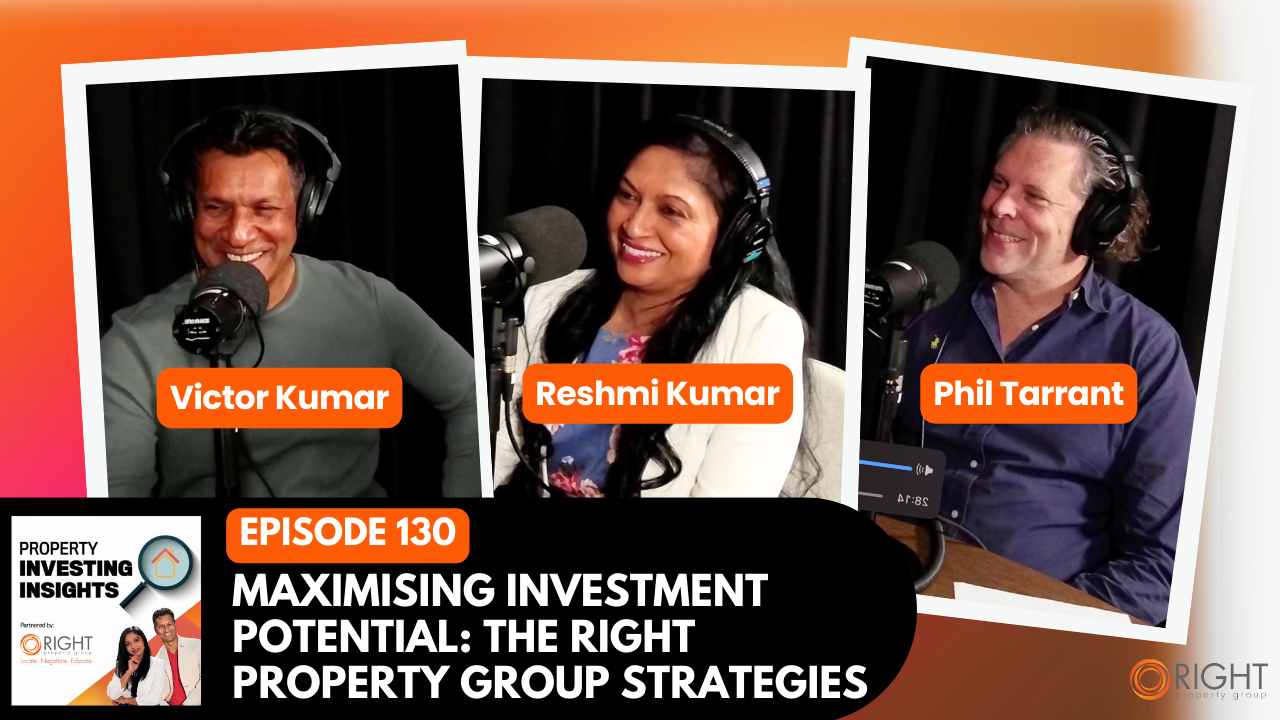Steer clear of Sydney market noise
By Steve Waters
Before I start our half-yearly update on the Sydney market, I need to get something off my chest.
The latest stats say that Sydney “increased by 10 per cent” last year.
But, in my opinion, too many market commentators generalise and the results aren’t reflective of the entirety of Sydney.
If we think about Sydney, it’s actually a very big market, so saying that property prices have increased by 10 per cent overall is not true.
If you ask me, it’s dangerous for a consumer to interpret that every area increased in price or that every area is going to go up again this year.
Different results, same city
If we look at the second-hand stock in selected areas in the western suburbs last year, they actually didn’t move much because they had a massive upswing earlier in the year or perhaps the year before.
When I speak to agents in the western corridor, a year or so ago there would be 40, 60 or 100 people at an open home and they’d be trying to manage a Dutch Auction on the front lawn.
That’s not happening now and they’re finding that they’re actually having to act like a real estate agent again and work a little harder for their vendors because for a moment in time they did have it pretty easy, let’s be honest.
There are other areas throughout Sydney that did exceptionally well last year, and in some cases in excess of 10 per cent growth, but the data can be misleading because it’s only an average of the results across the whole city.
In other areas, the craziness has already gone because for a while there no one had any idea where the market was at because it was rising so quickly.
Market forecast folly
At the beginning of this year we’re already seeing some market commentators forecasting growth in Sydney of something like 11 to 17 per cent this year – but I find that really irresponsible.
It is because, at the end of the year, they want to be able to turn around and say “I told you so” and in some parts of Sydney they may well be right.
This year, the data is going to be skewed by all of the off-the-plan developments that are now finishing construction and the house and land packages at registration phase or that are due to settle.
All of that data doesn’t become available until settlement, so the numbers (the “data”) are actually reflective of contract prices from 12 to 18 months before, which is going to skew the data up and not be indicative of current market conditions.
Conversely, this year or perhaps next, the reverse is going to happen because some suburbs with a high proportion of new stock that settled relatively recently will show no resales and therefore the “data” will effectively show no growth at all or that it’s gone backwards.
So, we’re likely to see the data jump up and down over the next year, which means investors need to be super careful.
Firstly, they shouldn’t rely on the data but instead use it as a very loose guide.
They should do their own on-the-ground research, speak to local agents, and make sure they’re comparing like properties such as a three-bedroom house with a similar three-bedroom house.
A cautionary tale
There’s no doubt in my mind that caution is the name of the game in the Sydney market this year.
While we don’t have a major oversupply problem like other capital cities, and we’re actually an old hand in unit development and apartment living, investors need to keep a close eye on the underlying fundamentals, including the price of money.
What I mean by that is inflation, which will result in increasing interest rates.
Rising rates are likely to scare peripheral or speculative investors and homebuyers out of the market, but that will mean a more stable marketplace which is a good thing.
Then, history shows us, the doomsday commentators will come out and rip the market to shreds as they like to do.
The thing is, all of this is noise – although sometimes that noise is wrong but sometimes it’s right.
Investors need to recognise that Sydney is at the tail-end of the cycle so they must make sure they’re putting investment mitigation principles into place by buying under market value.
If they’re buying for the sake of buying because they’ve got FOMO (Fear Of Missing Out) then that’s a very dangerous place to be.
Never lose sight of the fundamentals or the truth and the only way you’re going get the truth is by doing the hard yards and not relying on the data or listening to the noise.
I still believe there are opportunities in the Sydney market as well as the Greater Sydney market, which includes the Central Coast and the South Coast because there’s still some value there.
There are also certain areas that will provide scope if you’re patient but that could be next month or next year, because once rates start rising we’ll start to see some negativity in the market which the experienced investor can benefit and profit from.
If you’re so hell-bent on getting into Sydney, then you need to ask yourself why, because I believe there are actually better opportunities interstate than in Australia’s most populous city.


